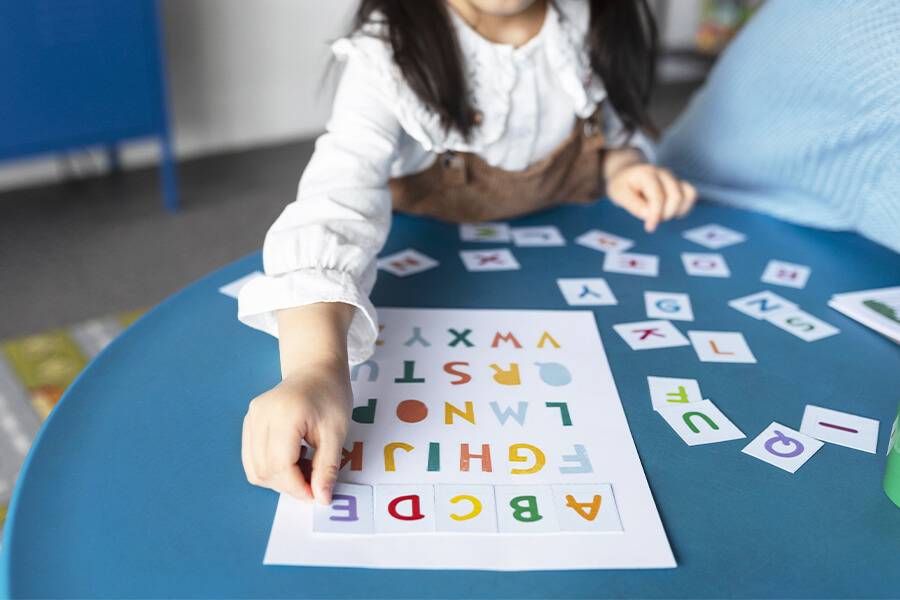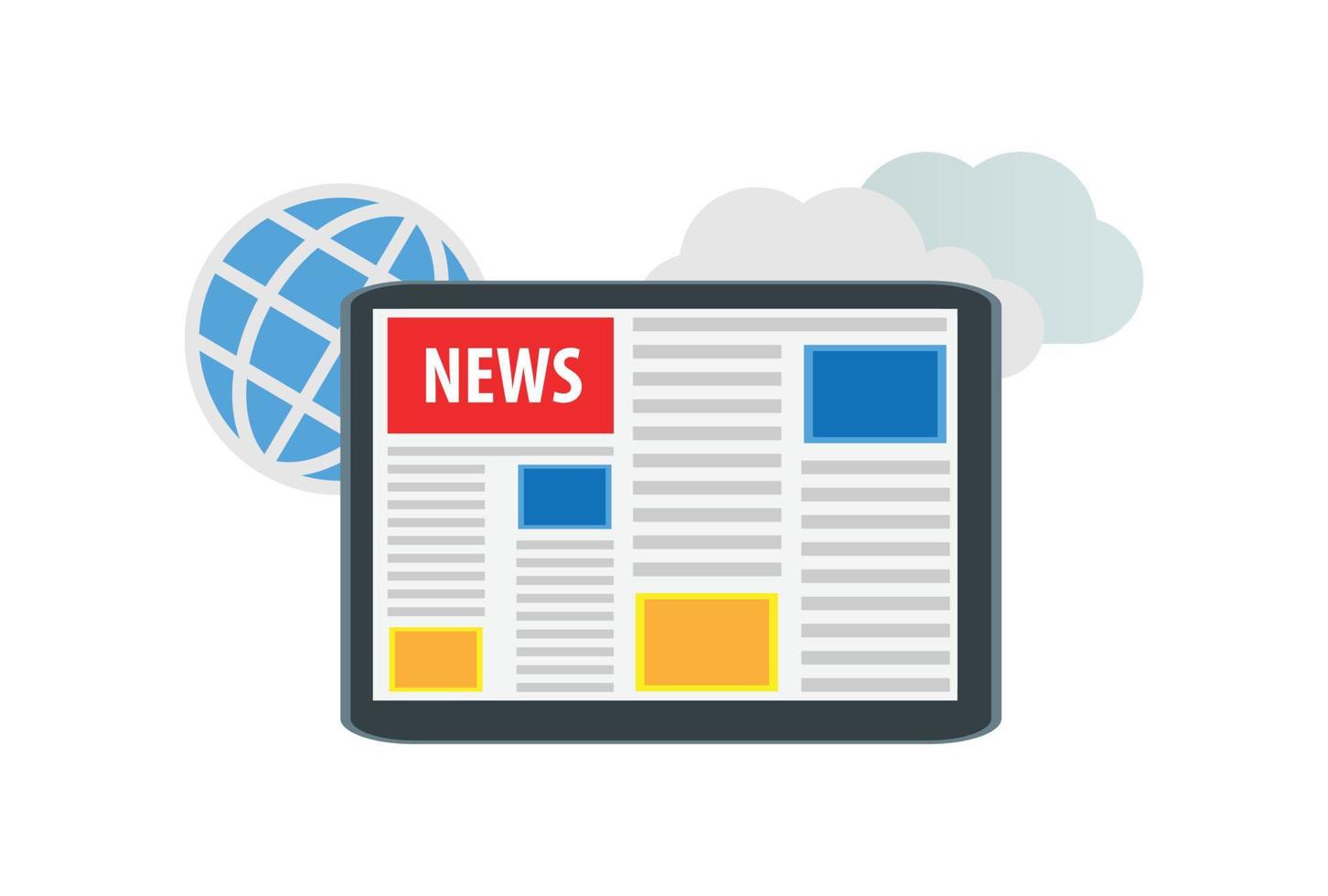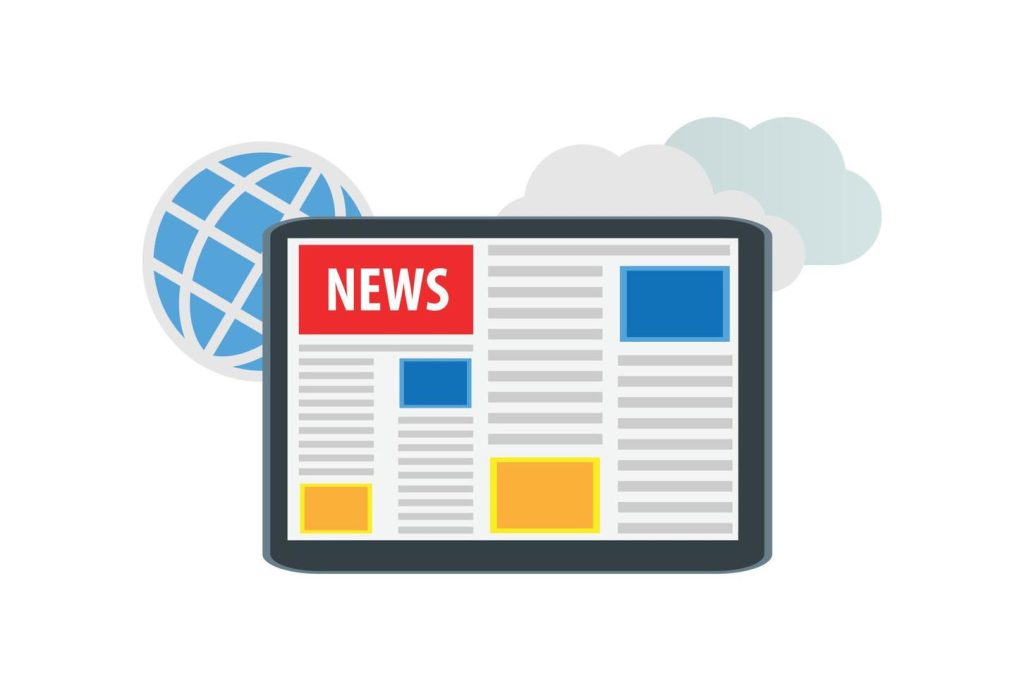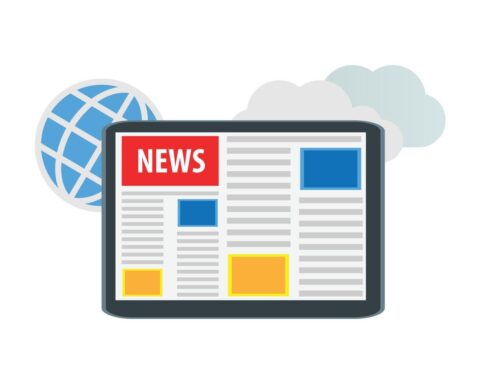The Best Learning Materials for Kindergarten: A Guide to Effective Early Education
When it comes to educating young children, the learning materials you choose play a crucial role in fostering their development. High-quality educational tools can enhance their cognitive, social, and emotional growth, laying a strong foundation for future learning. In this article, we will explore the best learning materials for kindergarten, focusing on Montessori methods, hands-on resources, and innovative tools that engage young learners in meaningful ways.

Why Are Learning Materials Important for Kindergarten?
Learning materials are not just tools—they are a vital part of the educational experience. Young children learn best through interactive, hands-on activities that engage their senses and curiosity. Using the right materials can help children develop important skills like problem-solving, fine motor control, and social interaction.
Key Benefits of Good Learning Materials:
-
Stimulate cognitive development: Materials like puzzles, building blocks, and sensory toys encourage critical thinking.
-
Enhance motor skills: Manipulative materials such as clay, beads, and stacking toys help children develop hand-eye coordination.
-
Foster creativity and imagination: Art supplies, construction toys, and pretend play sets allow children to express themselves and explore new ideas.
In short, the right learning materials support a child’s natural curiosity, helping them build essential skills in an enjoyable and engaging way.
Montessori Learning Materials: A Timeless Approach
The Montessori method emphasizes child-centered learning, where children are encouraged to explore and learn at their own pace. This approach uses specific, high-quality Montessori materials that help children develop their intellectual, sensory, and motor skills. The materials are designed to be self-correcting and promote independent learning.
Top Montessori Materials for Kindergarten:
-
Montessori Beads: These beads help children with counting, sequencing, and basic arithmetic. They are colorful and tactile, making learning fun and interactive.
-
Montessori Puzzle Maps: These materials help children learn about geography and spatial relationships while improving their fine motor skills.
-
Sensorial Materials: Items like the pink tower or color tablets teach children about size, shape, and color, promoting sensory exploration.
Montessori materials are designed to be hands-on and self-directed, allowing children to learn through exploration. These materials also encourage independent problem-solving, which builds confidence and a love for learning.

Best Hands-On Learning Materials for Kindergarten
Hands-on learning materials are essential for engaging young children and helping them make connections between concepts and real-life experiences. These materials not only make learning fun but also enhance children’s fine motor skills, cognitive abilities, and creativity.
Must-Have Hands-On Learning Materials:
-
Building Blocks: Simple building blocks, such as LEGO sets or wooden blocks, encourage children to think creatively and develop spatial awareness.
-
Playdough and Clay: These materials are great for fostering creativity while also improving fine motor skills through activities like rolling, shaping, and molding.
-
Sorting and Matching Toys: Toys that involve sorting shapes, colors, or sizes help develop logic, critical thinking, and early math skills.
-
Art Supplies: Crayons, markers, glue, and scissors allow children to explore their creative side while enhancing hand-eye coordination.
Using these hands-on materials in the classroom helps create an active, engaging learning environment that keeps children interested and eager to explore.

Digital Learning Tools: Enhancing Kindergarten Education
While hands-on learning is important, digital learning tools can also play a valuable role in modern early childhood education. Interactive apps, educational games, and digital storytelling can engage children in learning in exciting new ways.
Top Digital Learning Tools for Kindergarten:
-
Interactive Storytelling Apps: Apps like Epic! and Storybird offer a wide range of digital books and storytelling tools that enhance literacy skills while sparking creativity.
-
Educational Games: Websites and apps like Khan Academy Kids or PBS Kids offer interactive, curriculum-aligned games that help reinforce early learning concepts in a fun, engaging way.
-
Learning Management Systems: Platforms like Seesaw allow teachers to create interactive digital portfolios for students, enabling them to share their work and progress with families.
When used in moderation, digital tools can complement traditional learning materials, providing additional opportunities for children to reinforce skills and engage with new concepts.
How to Choose the Best Learning Materials for Kindergarten
Choosing the right learning materials for your kindergarten classroom can be overwhelming with so many options available. However, there are a few key factors to consider that can help you select the most effective tools for your students.
1. Age-Appropriateness
Materials should be suitable for the developmental stage of your students. Look for resources that are tailored to kindergarten-age children, focusing on skills like fine motor development, early literacy, and problem-solving.
2. Engagement and Interactivity
Children at this age learn best when they can actively engage with the material. Look for toys, games, and tools that encourage hands-on interaction and problem-solving.
3. Durability and Safety
Since kindergarten students are still learning how to handle materials properly, it’s essential to choose learning materials that are durable, non-toxic, and safe for young children to use.
4. Variety
To cater to the diverse learning styles of young children, it’s important to have a variety of materials—from hands-on tools like building blocks to creative outlets like art supplies and digital learning resources.
By keeping these factors in mind, you can create an educational environment that supports all areas of a child’s development.
FAQs About the Best Learning Materials for Kindergarten
Q1: What are the best materials for teaching early literacy skills?
Materials that support early literacy skills include alphabet blocks, picture books, and phonics games. Interactive apps for storytelling also enhance language development.
Q2: Are Montessori materials suitable for all children?
Yes, Montessori materials are designed to cater to a wide range of learning styles and can be used by children of all backgrounds and abilities. The hands-on nature of these materials helps all children engage in the learning process.
Q3: How can I integrate digital tools into my kindergarten classroom?
Digital tools like educational apps and online games should be used in moderation. They can complement traditional hands-on learning by providing interactive, personalized learning experiences for children.
Q4: What’s the best way to organize learning materials in a classroom?
Organize materials by type (e.g., art supplies, books, manipulatives) and ensure that they are easily accessible to students. Use labeled bins or shelves to help children independently find and put away materials.
Conclusion
The best learning materials for kindergarten support a child’s development in creative, interactive ways. By incorporating a mix of Montessori materials, hands-on tools, and digital resources, educators can provide a well-rounded learning experience that nurtures cognitive, social, and emotional growth. Always choose materials that are age-appropriate, engaging, and aligned with your students’ needs. By doing so, you ensure that children are not only learning but are also enjoying the process, laying a strong foundation for a love of learning that will last a lifetime.




